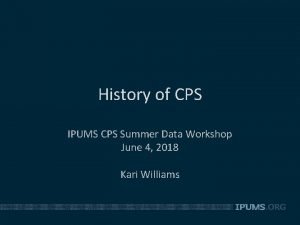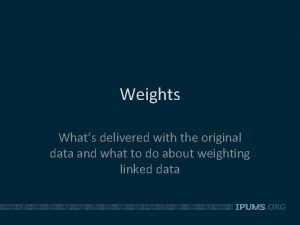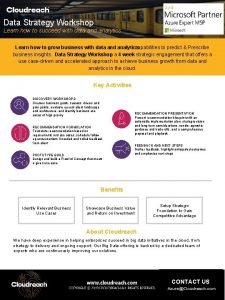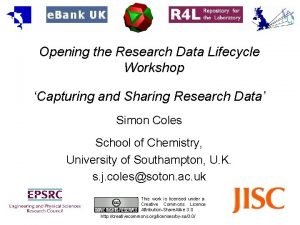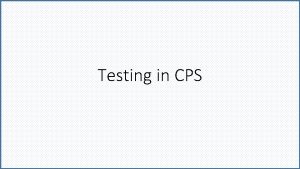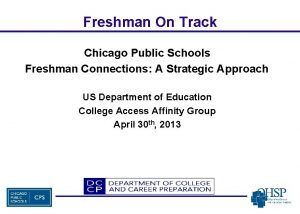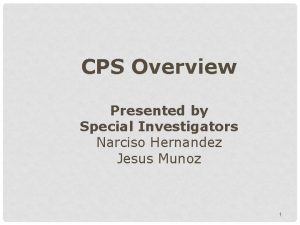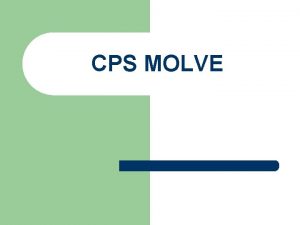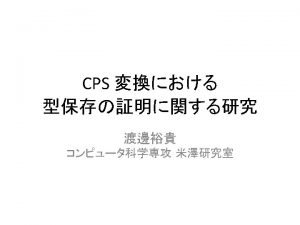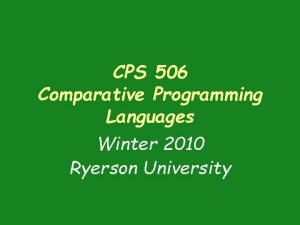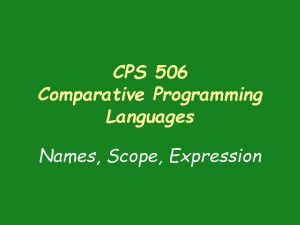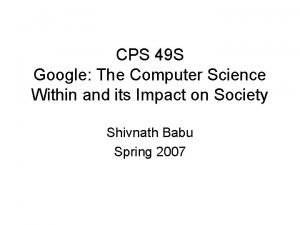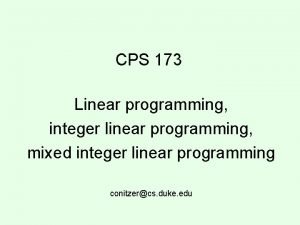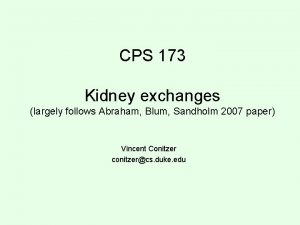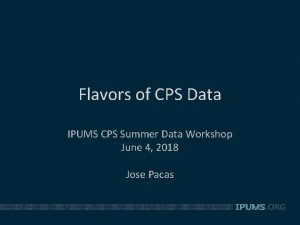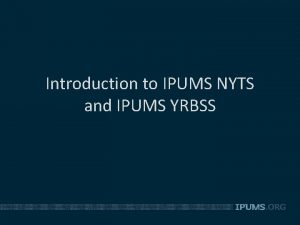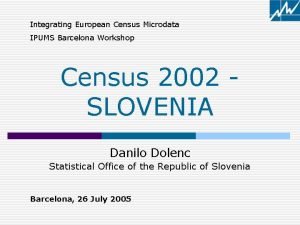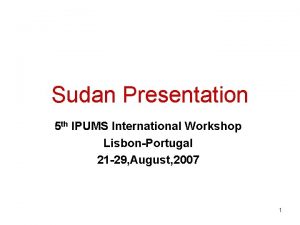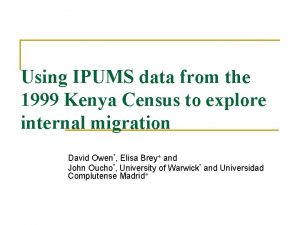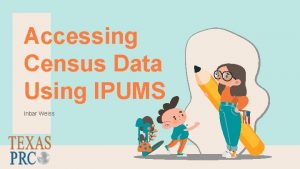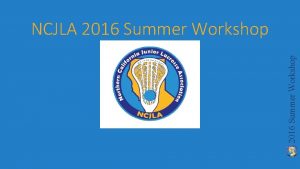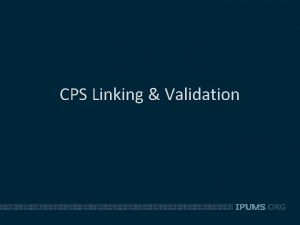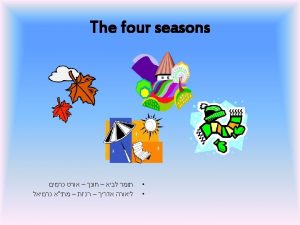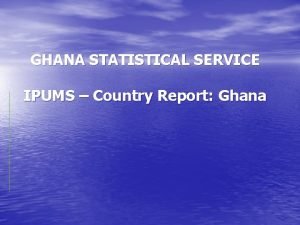History of CPS IPUMS CPS Summer Data Workshop
















- Slides: 16

History of CPS IPUMS CPS Summer Data Workshop June 4, 2018 Kari Williams

Outline • • • Forerunners of CPS Major Milestones CPS Today IPUMS CPS Redesigns Linking

Courtesy of the Library of Congress

Forerunners of the CPS • 1930 Census unemployment estimates were controversial (5. 0% of gainful workers unemployed) • August 1937 • Voluntary registration of the unemployed • Enumerative Check Census • Late 1930 s • Civil Works Administration and Works Progress Administration sponsor surveys of unemployed persons • Initial forays into probability sampling and activity concept for measuring & defining unemployment

Major CPS Milestones • March 1940, combine Enumerative Check Census and WPA techniques to create “Sample Survey of Unemployment” • August 1942, transfers to Census Bureau, renamed “Monthly Report on the Labor Force” • 1947 -1948, renamed “Current Population Survey” reflects broader topical coverage • July 1953, 4 -8 -4 rotation pattern introduced • Mid-1950 s, sample revision after decennial census

Major CPS Milestones • July 1959, Planning, analysis, and publication transfers to Bureau of Labor Statistics; Census retains data collection and processing • 1960, Alaska and Hawaii added • September 1975, state supplementary samples added • October 1978, respondent-reported race • April 1987, CATI introduced • January 1994, CAPI introduced

CPS Today • Multi-stage, stratified, probability sample • National and state estimates of labor force characteristics of the civilian noninstitutional population aged 16 and older • Independent state samples • Uses 4 -8 -4 rotation pattern • Includes household roster • Labor force survey with topical supplements relevant to many social science disciplines

CPS Topical Coverage • Household and demographic information • DOB, marital status, AF status, education, race, ethnicity, nativity • Labor force information • Civilian adults aged 15 and older • Employment, multiple job holders, hours worked, FT/PT status, occupation, industry, class of worker earnings, unemployment • Supplement information

CPS Data Collection • Field representative establishes eligibility and conducts initial interview in person • Interviews 2 -4 and 6 -8 may be done via telephone • Personal-visit for fifth month interview • Subsequent interviews • Update roster • Periodic update items • Dependent interviewing

IPUMS CPS • Basic Monthly Surveys, 1976 -2018 • Annual Social Economic Supplement (ASEC), 1962 -2018 • CPS Supplements, 1976 -2018 : • • Education Voter Fertility Veterans • • Volunteer Tobacco Use Internet Use Child Support • • Food Security Work Schedules Job Tenure Displaced Worker

Redesigns • 1962 -1975 • Data not officially released as public use files • 1976 • November Hispanic Oversample introduced to augment ASEC (continued through 2000) • 1977 • First public use file released by Census Bureau

Redesigns • 1994 • Major redesign including question wording • CAPI introduction incorporates skip patterns programmatically • 2001 • ASEC SCHIP oversample introduced • 2014 • Split sample to test new income questions

General Linking Challenges • 1962 -1978 • Most housing unit identifiers are unique • Person-level identifiers are not reliable • 1976 -1981 • Basic monthly data does not include individuals under 14, but supplement data does • 1979 -1993 • Unique housing unit and person identifiers • 1994 -present • Reuse housing unit identifiers after first four months in sample

General Linking Challenges • Changes in numbering schemes, cannot link housing units between: • • 1962 & 1963 1971 & 1972 & 1973 1976 & 1977 • • 1984 & 1985 & 1986 1994 & 1995 & 1996 • Additional linking validation to account for migration, mortality, non-response, recording errors

ASEC Linking Challenges • Some years omit linking keys necessary to link ASEC to Basic Monthly data • 2001 -2004 • Duplicate housing unit identification numbers because of SCHIP expansion (adjacent month identifiers may match “true” March cases) • In addition to general linking challenges

Linking with IPUMS • CPSID(P) identifies mechanical links between Basic Monthly samples • MARBASECID identifies mechanical links between March Basic Monthly and ASEC data of the same year • MARBASECID requires persons are in both ASEC and March Basic Monthly file • Enables CPSID(P) onto ASEC files, allowing to other Basic Monthly data
